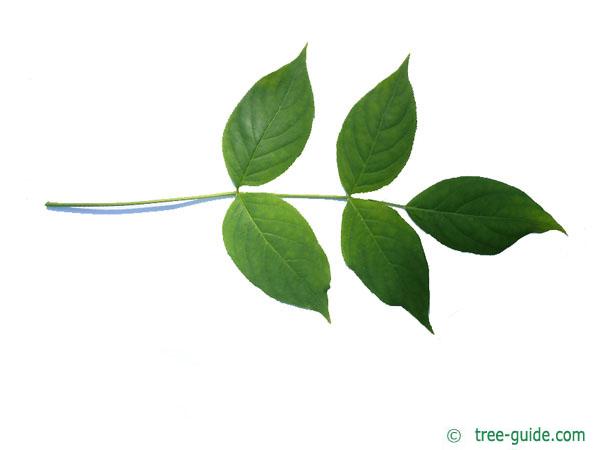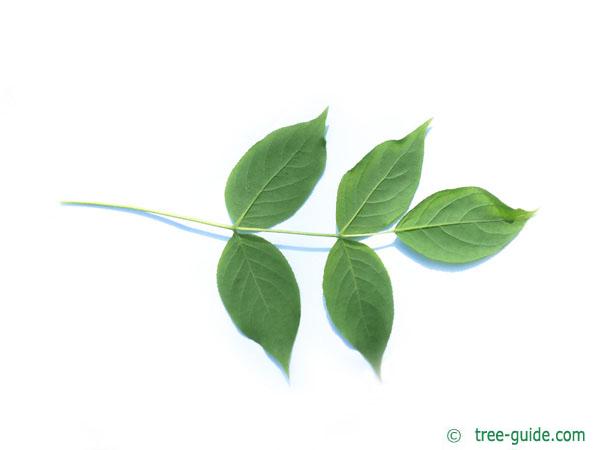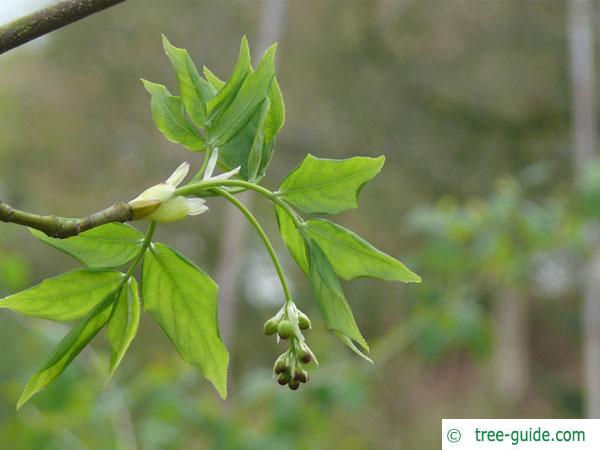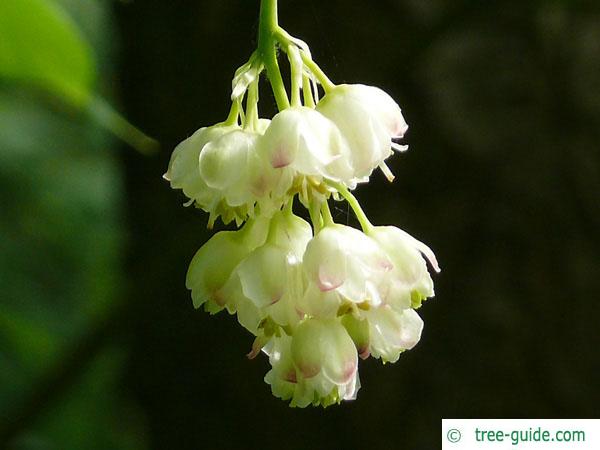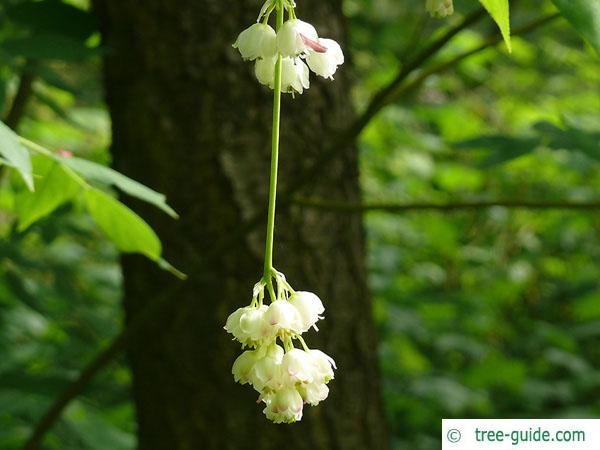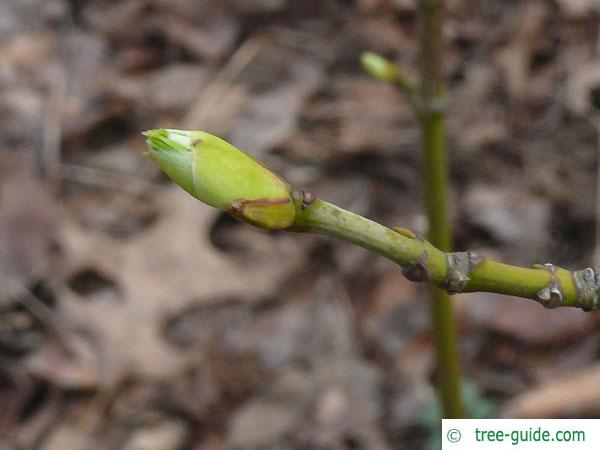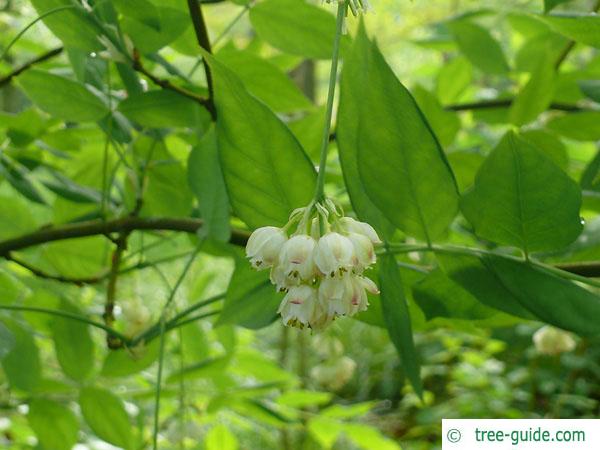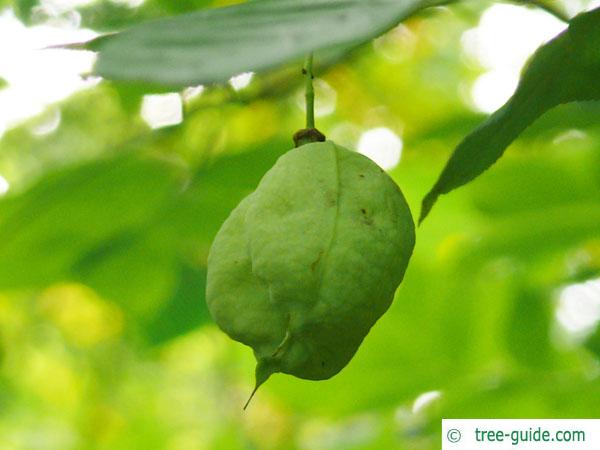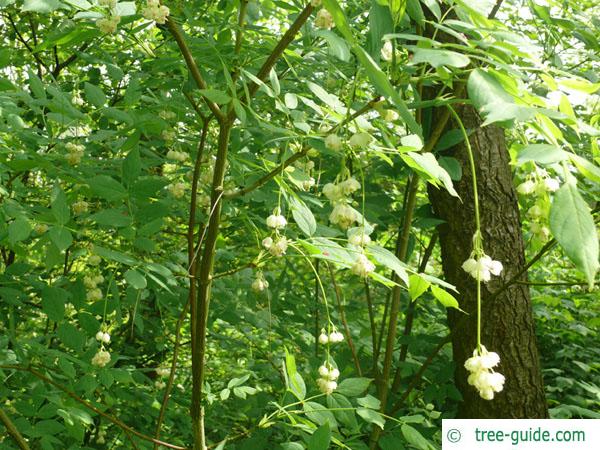Basisdaten
The American bladdernut is native to eastern North America. From the seeds sweetish oil is produced.
Tree profile
The leaves of American bladdernut are green, odd-pinnate with 5 - 7 singles leaves. The leaflets are up to 10 cm (3.9 in) long and up to 5 cm (2 in) broad. The leaf margin is serrated.
The white flowers hang in white panicles (to 20 cm) and appear after the leaf shoots. The pedicels are reddish.
The seed capsules (capsule fruit) are first light green and filled with air. In autumn they are brown and dry.
The branches are gray-brown to green and dainty. The buds are small and brown. Among the buds are clearly visible leaf scars.
single tree, garden, embankment planting







